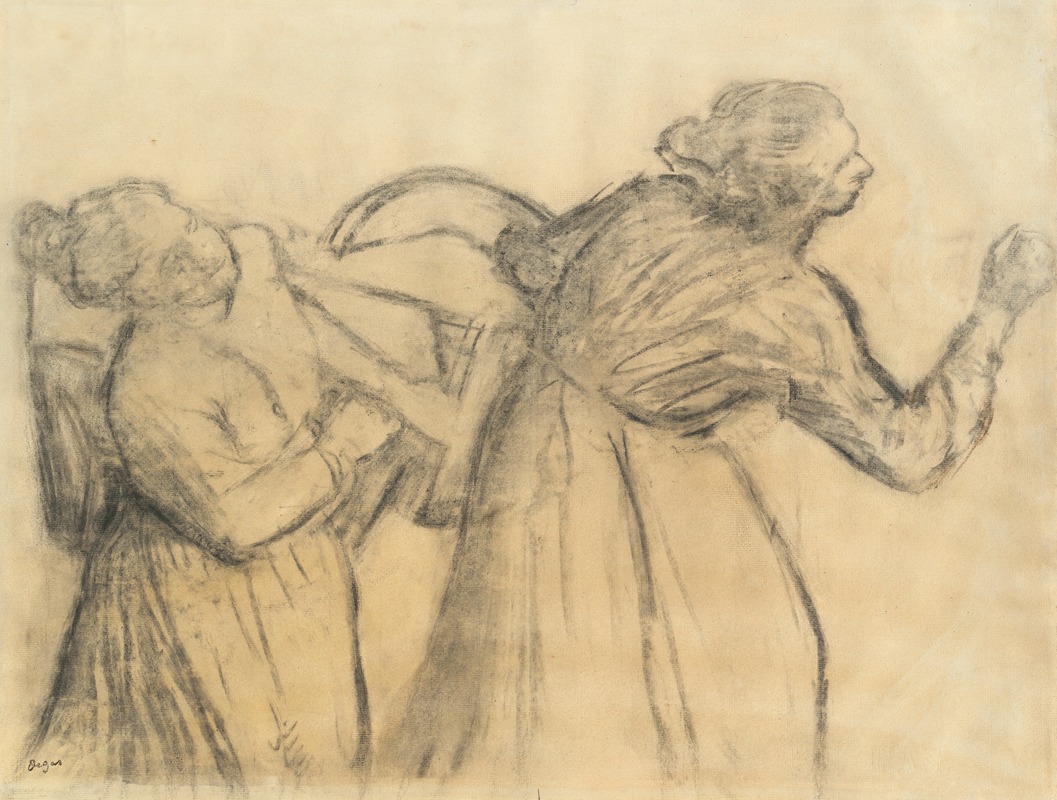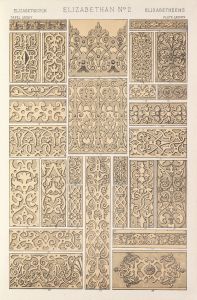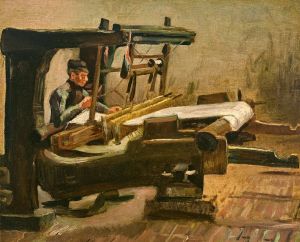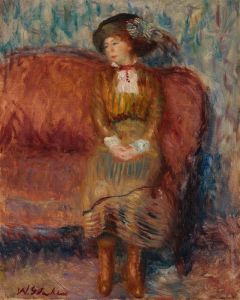
Laundress Carrying Linen
A hand-painted replica of Edgar Degas’s masterpiece Laundress Carrying Linen, meticulously crafted by professional artists to capture the true essence of the original. Each piece is created with museum-quality canvas and rare mineral pigments, carefully painted by experienced artists with delicate brushstrokes and rich, layered colors to perfectly recreate the texture of the original artwork. Unlike machine-printed reproductions, this hand-painted version brings the painting to life, infused with the artist’s emotions and skill in every stroke. Whether for personal collection or home decoration, it instantly elevates the artistic atmosphere of any space.
Edgar Degas, a prominent French artist known for his contributions to Impressionism, created a diverse body of work that includes paintings, sculptures, prints, and drawings. One of his lesser-known works is "Laundress Carrying Linen," which reflects his interest in capturing everyday life and the working class, a theme prevalent in many of his pieces.
Degas was born in Paris in 1834 and became renowned for his innovative compositions and his ability to depict movement, particularly in his studies of dancers and racehorses. However, his exploration of urban life and the labor of women also formed a significant part of his oeuvre. "Laundress Carrying Linen" fits within this context, as it portrays a laundress, a common subject in Degas's work, engaged in her daily routine.
The laundress, as depicted by Degas, is often seen as a representation of the working-class women of Paris during the late 19th century. These women were frequently employed in physically demanding jobs, such as washing and ironing clothes, which were essential to the functioning of urban society. Degas's interest in such subjects was part of a broader trend among artists of his time, who sought to depict the realities of modern life rather than idealized or historical scenes.
In "Laundress Carrying Linen," Degas employs his characteristic style, which often includes a focus on the human figure and the use of light and shadow to create depth and texture. His technique might involve loose brushwork and an emphasis on capturing the transient effects of light, which are hallmarks of Impressionism. However, Degas himself preferred to be called a realist, as he often diverged from the plein air practices of his contemporaries and worked in his studio.
The painting likely reflects Degas's interest in the human form and his ability to convey the physicality and labor involved in the laundress's work. His depiction of such subjects was not merely observational but also empathetic, offering a glimpse into the lives of those who were often overlooked in the grand narratives of art history.
Degas's works, including "Laundress Carrying Linen," are celebrated for their compositional innovation and their ability to capture the essence of modern life. His focus on the laundress aligns with his broader artistic goals of exploring the nuances of human activity and the social dynamics of his time. While not as widely recognized as his ballet scenes, these works contribute significantly to our understanding of Degas as an artist deeply engaged with the world around him.
Overall, "Laundress Carrying Linen" exemplifies Degas's skill in portraying the everyday lives of working women, highlighting his commitment to realism and his interest in the social fabric of 19th-century Paris. Through this work, Degas offers a window into the world of the laundress, capturing both the dignity and the challenges of her labor.


















